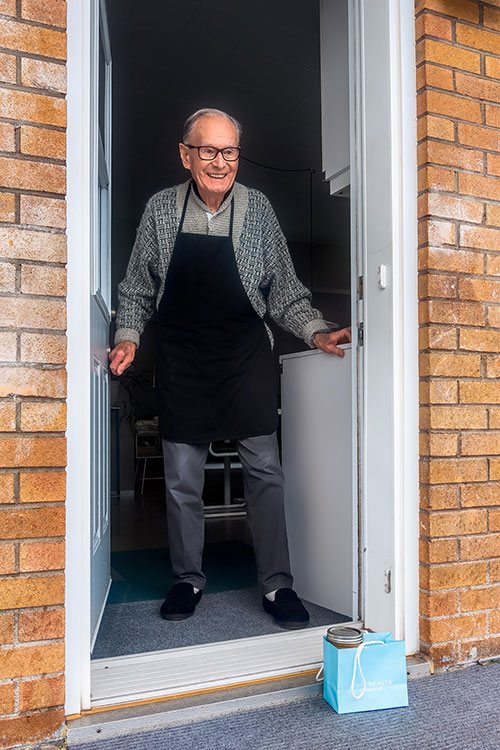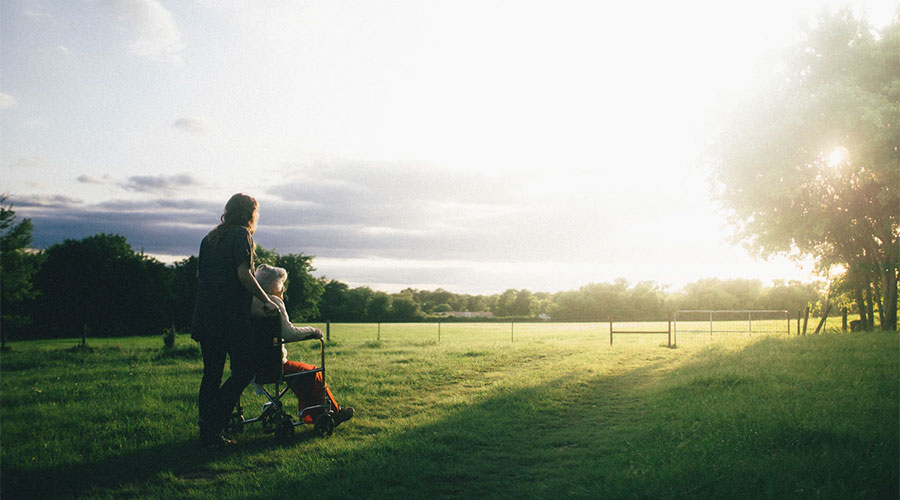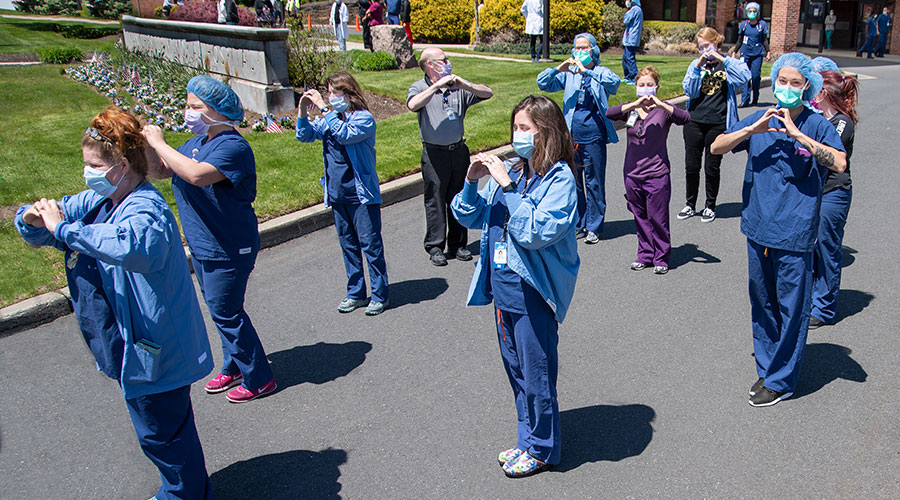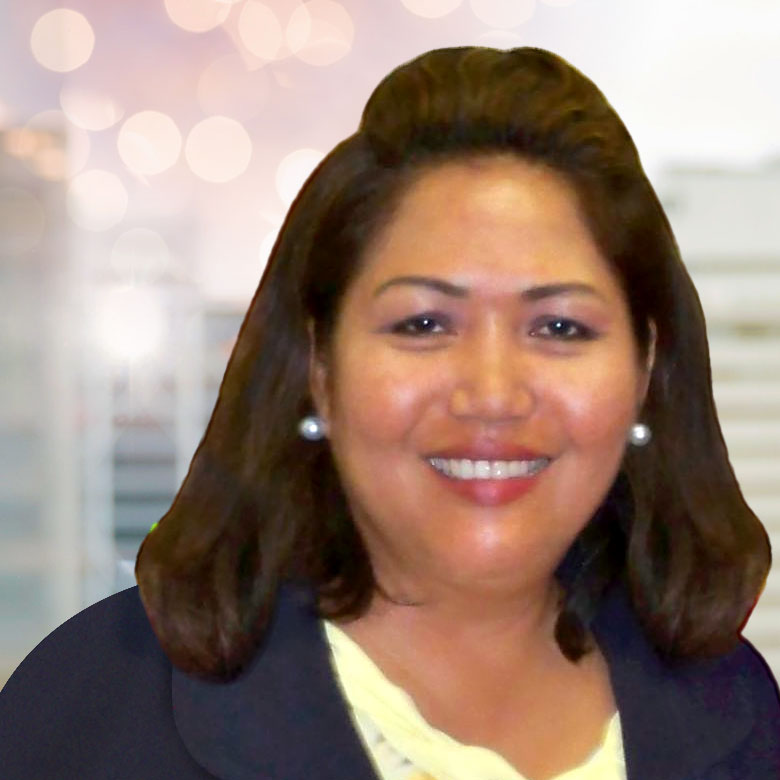The 7 Most Effective Ways to Optimise
In-Home Senior Care During the COVID-19 Pandemic Crisis
By: Rosemarie Tamunday Casanova — RN, BSN, MHA

Since the beginning of the Covid-19 health crisis, health professionals and media experts have more or less paid most of the attention to the care capacity of hospitals in dealing with it.
Not until thousands of deaths began to occur in many nursing homes did some of this attention shift towards senior nursing care including in home care and nursing home care.
These deaths exposed a crack that would have been otherwise extremely expensive to cover up in the health care system.
In the same vein, Home Care Services providers, including home health aides, personal care assistants, therapists, etc, who render in home care services are not getting as much attention as needed.
What makes this seeming oversight curious is the fact that more than 5 million individuals in the United States are presently in the receipt of in home senior care from private duty or home care agencies.
This poor investment in elderly care has led to an increased exposure to unnecessary risk for both the elderly who need care, and their care providers.
The coronavirus pandemic has brought on added stress to the situation of the seniors who need elderly care. It has led to a rising demand for in home senior care which calls for a review of the mode of geriatric care going forward.
Why the coronavirus pandemic has led to a rising need for home care
Prior to the Covid-19 era, there was already a strain on adequate provision of elderly care services. There were not nearly enough elderly home care givers even before the coronavirus hit.

The demand for home health aides was already projected to exceed its supply by over 3 million by the next decade.
In addition to the pre-existing shortage of home care workers, other factors responsible for the increased demand for elderly in-home care include:
- Mild Covid-19 diagnosis in seniors who therefore, don't need hospitalisation, but may require home care.
- The need for Covid-19 post discharge care, after hospitalisation.
- An increased preference for in-home health care over nursing home care due to coronavirus fears.
Janet Kim, a spokesperson for a group that advocates for family and paid Caregivers, has this to say about the situation, “The most vulnerable to Covid-19 will likely be staying home longer than the rest of us, and they are going to need our help to keep them safe.”
Elderly Home Care Concerns during the pandemic
While more or less everyone is at risk of coronavirus infection, it is already established and of course expected, that health care providers are at an even higher risk, due to the nature of their services, as well as the volume of patients they come in contact with at work.
In the case of home care givers, these individuals are a lot of times, just as vulnerable as the people they take care of, if not more so.
It is estimated that approximately 90% of the elderly care workforce are made up of women who don't have a college degree.
About 60% of them are of an ethnic or racial minority where it's been noted that a health disparity exists in the Covid-19 related morbidity and mortality.
About one-fifth of these caregivers do not have health insurance, with only one-third of them having full time employment.

Because most of these paid Caregivers earn an average of $12-15 per hour, and don't have full time employment, they are often engaged with multiple homes, in order to make up for the lack of full time employment.
The problem with this is that it increases the risk of spreading any infections they may contract to the vulnerable seniors in their care.
A lack of adequate personal protective equipment for Caregivers is also an issue for concern.
According to a survey in March, of 1,200 in home workers carried out by the Home Care Association of America, about 77% of care givers do not have adequate masks, and about 57% of them lack adequate gloves.
These are some of the concerns that sorround elderly home care in the pandemic. On the other hand, some of these concerns have led to some individuals opting to no longer receive in home care, deeming it safer to have family members provide care in the short term, this not however, without the attendant consequences of unskilled and inexperienced care.
Also, some Caregivers have also drawn back from providing care due to concerns for safety.
Still on the average, the health sector has seen a continuous rise in the need for senior care services, with CEOs of private duty homes and other home care agencies reporting an increase in the number of persons seeking in-home care, the average number of hours of care per client, as well as an increase in the degree of their needs.

How In-home Senior Care can be optimised amid the pandemic.
While some care providers have been able to quickly adapt to the situation compared to the others, it can be agreed that the response to the pandemic crisis has been largely a reactive rather than an active one.
It is hoped that the crisis will pave the way for a new approach to both post-acute as well as long term care, in both operational and philosophical perspectives, even though it may not seem to be totally the case now.
A much closer attention to elderly home care is certainly necessary during this time, and a more comprehensive investment into public health, an improved structure of payment, a re-design of physical space, a revamping of the regulatory framework, as well as a more cohesive care continuum is a few of what advocates are pushing for.

Some Recommendations for Optimum Senior Care During Pandemic
It is important to care for the health of elderly caregivers as well as the individuals they care for. It is in fact, a matter of public health concern. A few recommendations that may help with the situation include:
- Improved access to personal protective equipment for Home care workers who need it.
- Regular COVID-19 testing for home care workers as well as their clients.
- Full-time positions, with paid sick leaves for Home care workers. These would require Federal funds, because a lot of home care agencies may not be able to cover these costs.
- Increased flexibility of care. An example is Telehealth which is now increasingly being employed to keep up communications between elderly individuals in care facilities and their loved ones. Home Health agencies now allow the use of Telehealth and there is increasing advocacy for training home health aides in Telehealth.
- Layoffs from struggling industries such as retail & food services can be absorbed into the home care services sector, where they should receive training to adapt to their new roles.
- As it might be difficult for home care agencies in terms of finance, federal funding to help community health workers (CHWs) should be put in place.
- With the increasingly complex needs of an aging population, home care workers are now seeing to more complex tasks that were once reserved for registered nurses (RNs) and licensed practical nurses (LPNs). As they carry out these tasks, there is need for home care workers to be trained, authorised, and accordingly compensated.
All in all, there is a deep deficit in the training for home care workers. As we struggle to get used to our new normal, there is a need for this new workforce to have a career ladder that allows them greater opportunities.
For instance, these elderly care workers could obtain baseline training, and an additional expertise and competencies, for example, "The care of COVID-19 patients," or "Covid-19 post discharge care". This allows for increased renumeration for them.
Generally speaking, the pandemic has allowed us the opportunity to increase the workforce of home care for the sake of those who dearly need it. And it is a good time to reflect upon how to implement the much needed changes in order to improve the quality of care delivered to our beloved senior population.



